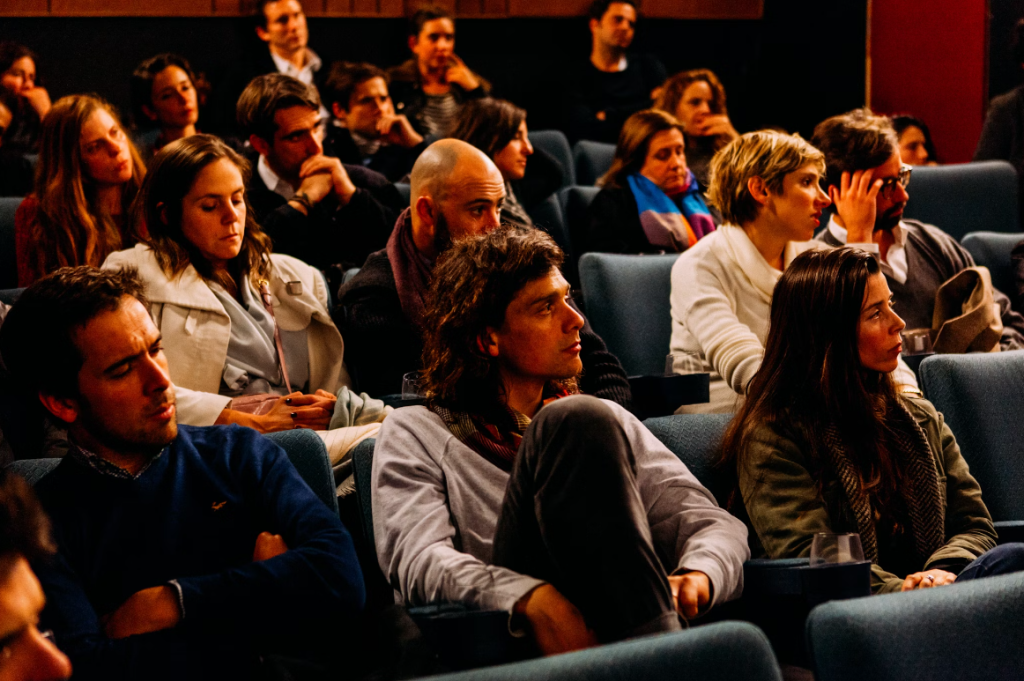Mastering Storytelling with Shaan Puri: Writing Tips for Beginners
Storytelling is an art that can transform how we communicate, captivate, and influence others. In an episode of the “How I Write” podcast, featured guest Shaan Puri explores the storytelling craft and shares valuable insights that every aspiring writer, marketer, and content creator can benefit from.
Whether you’re writing a blog post, crafting a speech, or even posting on social media, Shaan’s wisdom offers practical and actionable guidance on telling better stories.

The Core of Storytelling: Emotion and Frameworks
Shaan emphasizes that storytelling revolves around evoking strong emotions in your audience. He categorizes these emotions into three main types:
- LOL (Laugh Out Loud)
- WTF (Surprising or Shocking)
- OMG (Amazement or Awe)
Working backward from the emotion you want to elicit is key to engaging your audience. As Shaan puts it:
“The only things people will share are things that are LOL, WTF, OMG.”
The emotional hook is crucial, but Shaan also highlights the importance of frameworks.
One of the central storytelling frameworks he discusses is borrowed from screenwriter Aaron Sorkin, who simplifies the storytelling process into two key elements:
“I could teach a 30-second masterclass. It’s just this: intention and obstacle.”

Intention and Obstacle: The Building Blocks of a Great Story
At the heart of every compelling story, there is a character with a clear intention and an obstacle in their way.
This framework can be applied to stories of any scale, from epic sagas like “Harry Potter” to small, everyday moments, like trying to get a croissant from a closed bakery.
Shaan explains it this way:
“At any given moment, the hero of the story has to have a very clear intention. What do they want? And under that is like why do they want it? How bad do they want it? What happens if they don’t get it?”
The obstacle, meanwhile, creates the tension and drama necessary to keep the audience hooked.
Without an obstacle, the story falls flat. Shaan explains that you should always be able to pause at any moment in a story and ask yourself two questions:
- What does the character want?
- What’s in their way?
If you can’t answer those questions, it’s a sign that your story is losing its focus.

The Power of the Binge Bank
Shaan introduces an insightful concept called the “Binge Bank.” Inspired by two young creators, Dylan and Henry, who were building up a library of content with little initial viewership, Shaan realized that content doesn’t have to go viral immediately to be valuable.
Instead, you should focus on creating a Binge Bank of material that people can consume when they get curious about you.
“You leave that trail. I should probably do it better, but this idea of creating a Binge Bank I think is so much more valuable than a resume or a portfolio.”
The Binge Bank is essentially a collection of content—blog posts, videos, podcasts, etc.—that someone can dive into once they discover you.
After consuming it, they should feel like they know and respect you. It’s a long-term investment in building your personal brand, and the focus is on consistency and depth rather than instant virality.

Storytelling as a Differentiator
Shaan emphasizes that storytelling is a rare and premium skill, and most people don’t actively practice it.
Like any skill, storytelling improves with deliberate practice, yet few people focus on developing it as they would with other abilities like coding or design.
“Storytelling is one of those skills where I knew that I loved it whenever I met somebody who was a great storyteller, I wanted to get better at it.”
He compares storytelling to other undervalued skills, like enthusiasm. These are traits that are universally appreciated but rarely consciously developed. As he puts it:
“If there’s a thing that has value that other people don’t practice or try at, and even better, it’s almost taboo or lame to say you do it… those skills are actually premium skills.”

Small Moments, Big Impact
One of the most fascinating insights Shaan shares is how powerful storytelling can be in low-stakes moments.
While most people think great stories need high drama, like life-or-death situations, Shaan points out that telling stories about small, everyday moments can be even more engaging and relatable.
He recalls a personal example from a company offsite, where everyone was sharing dull, work-related stories.
Instead of following the crowd, he chose to tell a funny, lighthearted story about learning to cook Brussels sprouts for his mom, which resonated much more with his colleagues.
“It was just another example of using storytelling even in low stakes moments actually builds likeability and fandom more so than the dramatic, ‘I was skiing and there was an avalanche.’ That’s cool, but it’s unrelatable.”
This idea challenges the notion that only dramatic, high-tension stories can captivate an audience.
In fact, smaller, more relatable stories often leave a stronger impression because they create emotional connections based on shared experiences.

Vulnerability and Connection
Shaan also touches on the importance of vulnerability in storytelling, a lesson he learned from comedian Hasan Minhaj.
When we tell stories, our instinct is often to puff ourselves up and make ourselves sound impressive, but this can create distance between us and our audience.
Instead, Shaan learned that embracing low-status moments and showing vulnerability is a much more effective way to build rapport.
“Comedy is a low-status game… you build connection with people through vulnerability, through low stakes, through low status specifically.”
This lesson is especially important in situations where you’re meeting new people or trying to make an impression.
Rather than projecting false bravado, Shaan advocates for sharing personal, self-deprecating stories that make you more relatable and likable.

Writing vs. Speaking: Different Mediums, Same Principles
When it comes to writing versus speaking, Shaan doesn’t see a big difference in storytelling principles.
In both mediums, clarity, simplicity, and authenticity are crucial. One of his main rules for writing is:
“Write like you talk.”
He argues that school often teaches us bad habits, like using overly complex vocabulary and padding out essays with unnecessary length.
In the real world, however, effective writing is simple, easy to read, and entertaining.
For Shaan, the key to overcoming writer’s block is speaking your story out loud first.
By talking through your ideas and then writing them down, you can capture a more natural, conversational tone.
Additionally, while speaking allows for dramatic pauses and vocal emphasis, writing relies on tools like parentheses, line breaks, or ellipses to create similar effects.

Pacing and Audience Engagement
Finally, Shaan touches on the importance of pacing and how it varies across different platforms.
While long-form content can work if it’s engaging enough, shorter, snappier content is often necessary on platforms like TikTok, where attention spans are shorter.
“You can only be as long as it is interesting.”
Shaan advises being mindful of your audience’s level of investment in you.
For a podcast or a loyal audience, you can afford to take your time and meander a bit, but for cold traffic or casual viewers, you need to hook them immediately with a strong headline and an engaging introduction.
Key Takeaways and Writing Tips for Beginners
- Work backward from emotion: Focus on evoking LOL, WTF, or OMG reactions.
- Use the “intention and obstacle” framework: Make it clear what your character wants and what stands in their way.
- Create a “Binge Bank”: Build a library of content for people to discover and binge.
- Practice storytelling: Like any skill, storytelling improves with practice.
- Tell low-stakes stories: Small, relatable moments can be more powerful than dramatic, high-stakes ones.
- Be vulnerable: Connection comes from showing vulnerability and embracing low-status moments.
- Write like you talk: Keep your writing simple, clear, and conversational.
By applying these principles, anyone can become a more effective storyteller, whether you’re writing, speaking, or creating content for any medium.




